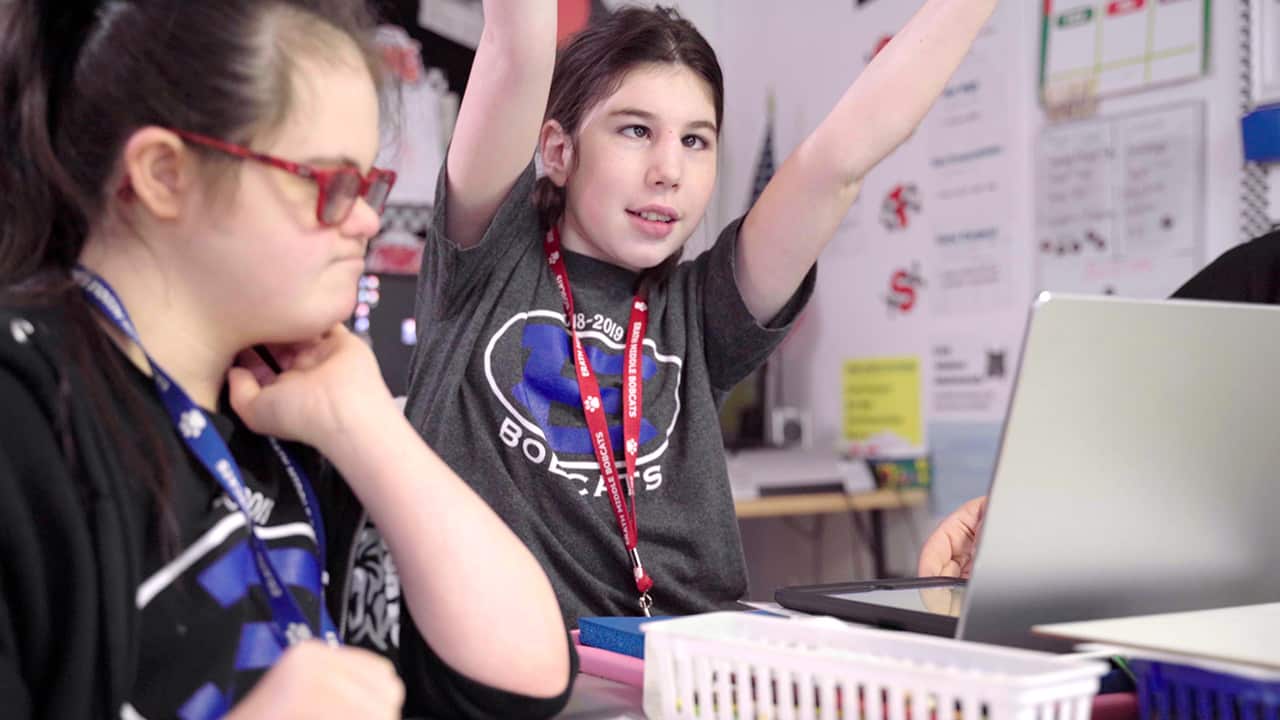In special education we are particularly interested in social-emotional behavior data. What is it and why is this type of data so important?
What is behavior data?
Behavior data is typically based on how a behavior looks. Behavior data can be collected as part of a Functional Behavior Assessment (FBA) and then written into a Behavior Intervention Plan (BIP) designed to increase or decrease certain student behaviors.
Why is behavior data important?
Rather than collecting behavior data because someone tells us to, we should collect data regularly to help inform our instruction. Without data, our decisions are driven by opinion and emotions, which can be skewed by a particularly challenging day, misinterpretation of an event or recent good news. Behavior data can help us decide what supports and strategies may best help a student.
The type of data an educator collects can be important to assist them in making the most appropriate decisions for students. If a student spends 90 minutes a day engaging in a behavior that interferes with their access to instruction, data should be collected to help determine why it is occurring and what interventions can be put into place to decrease the likelihood of that behavior.
Data collection should be thorough and address positive behavior outcomes. The challenge for educators is to use data while also accounting for other factors that may not be a part of the data’s story.
Data comes in many forms, but here are some of the more common types of behavior data collection methods used in education.
1. Frequency
When to Collect
When the concern is how often a behavior does or does not occur.
How to Collect
Tally marks; move paperclips from one pocket to another or rubber bands from one wrist to another.
Examples
Ms. Smith makes a tally mark on a piece of tape on the back of her hand each time Sarah raises her hand.
Mr. Gonzales uses Positivity’s on-demand panel to record each time Joan speaks out without raising her hand.
2. Latency
When to Collect
When the concern is the amount of time it takes for a student to follow through after a request.
How to Collect
When a stimulus is presented (such as a demand or request) a timer is started and then stopped only when the student engages in the expected behavior.
Example
Joe takes significantly longer than peers to start his work. Mr. Dylan starts a timer when he tells the class to begin their assignment and stops the timer when Joe starts the assignment. Mr. Dylan sets a goal to reduce that amount of time.
3. Duration
When to Collect
When the concern is how long the behavior is exhibited.
How to Collect
When behavior begins start timer, and stop it when student stops displaying the behavior. Record the time when the behavior starts, record the time when the behavior ends and count the time in between start and stop.
Examples
Sally got to the carpet at 12:02 pm and left at 12:05 pm, but peers stayed at the carpet until 12:19 pm.
Ms. Granger records Bob’s time spent running around the halls of the school (12 min) using Positivity’s incident recording.
4. Observation/Topography
When to Collect
When the concern is how a behavior looks.
How to Collect
When a behavior is observed record exactly what was observed.
Examples
Ella kicked the desk.
Jonah raised his hand to the height of his shoulder.
5. Accuracy
When to Collect
When the concern is how well a behavior meets a standard or how often it is correct.
How to Collect
Typically measured by dividing the number of items correct by the total number of items to show a percentage.
Example
Chen independently requested help on 6 out of 12 opportunities (50%).
I’m busy teaching! How can I collect behavior data at the same time?
Find ways to incorporate behavior data collection into your current routine to help make the process less overwhelming. Make notes on a Post-it while teaching, count coins that have been dropped in a jar each time a behavior occurs, have students record their own behavior and collect the data from them at the end of the day—the possibilities are endless.
The simplest way of all to collect data is with an integrated online system like Positivity, which automates documentation of behavior events and converts the data into visual reports, eliminating the need for hand tallying. Teachers can also easily record observations of both achievements and incidents.
However, what you do with the data is more important than the methods you use to collect data. There is little point in collecting data that won’t be used to help determine if a student is making progress or won’t inform your instruction. Taken frequently, data based on student progress can easily be charted on a graph to help you make visual sense of the information and assist you in making data-informed decisions.
As your instruction changes to better meet student needs, you may find yourself focusing less on what you have to do to collect data and more on what the data can do for you!



